Steam Pumping Station De Vier Noorder Koggen
Anyone who says steam engine quickly thinks of the 19th century. The pumping station De Vier Noorder Koggen is now a museum, as well as a still working steam pumping station.
Just south of Medemblik on the Oosterdijk stands a stately and unmissable building. A slender chimney rises above it, and anyone who stands still for a moment cannot miss the building's most important feature: protruding from the wall is a pipe from which steam is steaming. This is the pumping station De Vier Noorder Koggen, which is still powered by steam power. It is now used as a steam engine museum, but the pumping station and the steam engine with the large pump are owned by the Water Board.
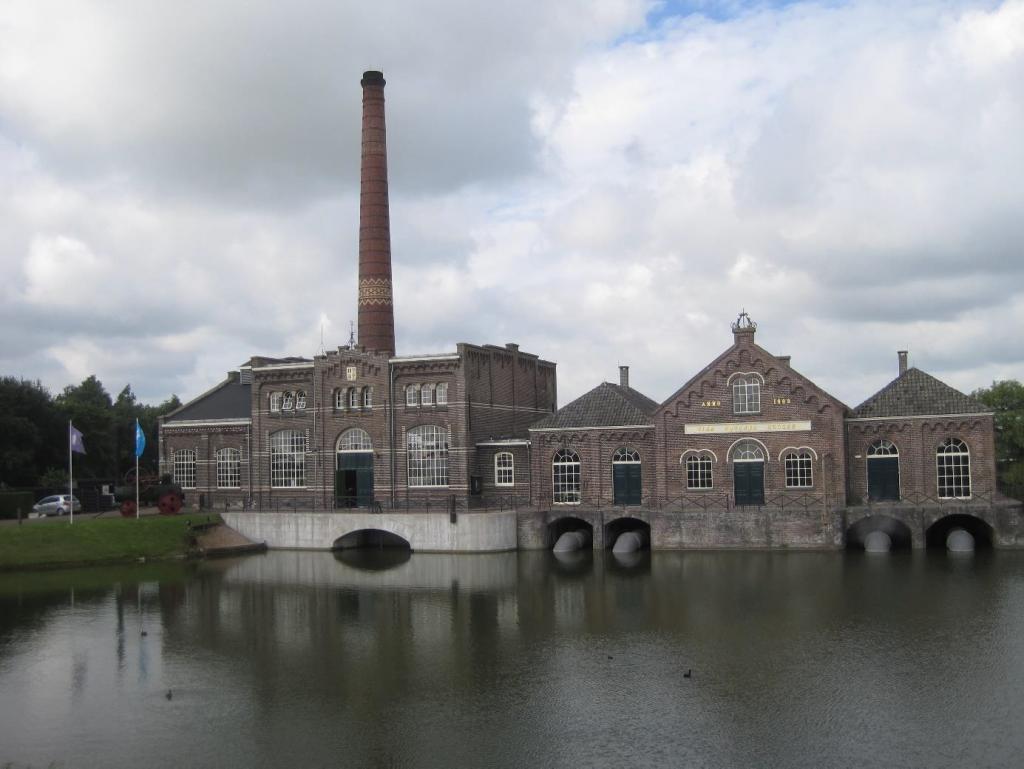
Four North Cogs
The drainage history at this site stretches back to the 16th century. The pumping station stands at the end of the drainage of the West Frisian region of De Vier Noorderkoggen. A kogge was the name for an area that a cog ship and its crew had to supply when the count of Holland went to war. Four koggen in the north of West Friesland had to cooperate on water management, hence the name. This was not easy, as there were quite a few differences in altitude in the area. As a result, there were often lengthy discussions about how to drain the excess water into the Zuiderzee.
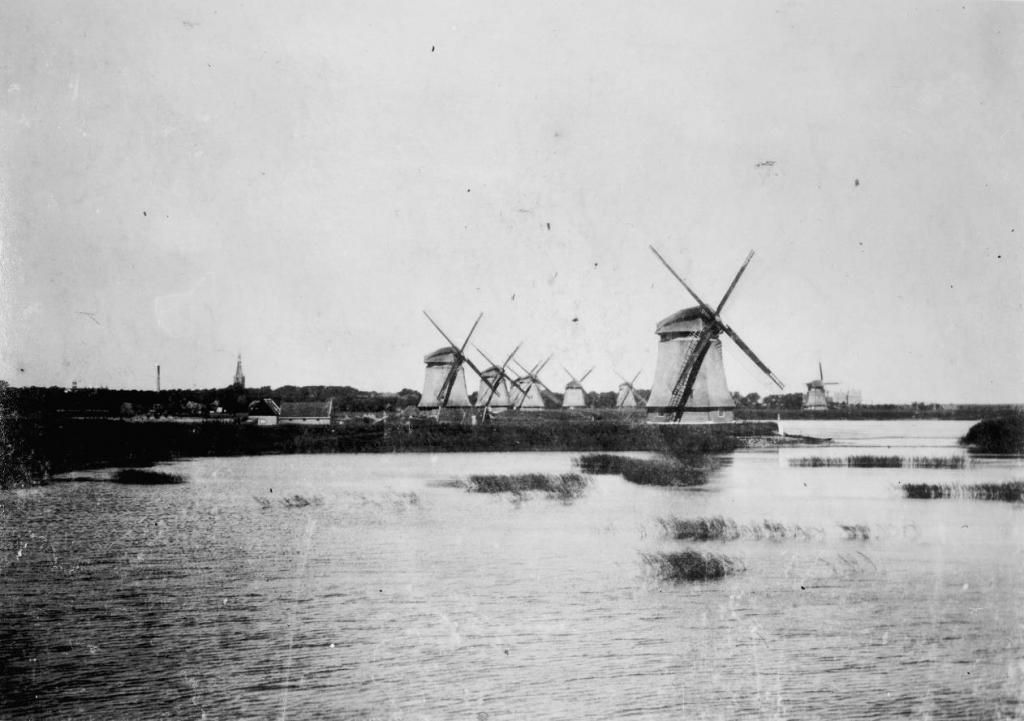
Wind and steam
In the 19th century, the Four Noorderkoggen counted 23 windmills. Fifteen of these stood along the elongated mill whirlpool and milled the water up into that whirlpool. Then, at low tide, it was discharged from the gully into the Zuiderzee. But when the wind failed, the mills could not grind and flooding occurred. That is why, after careful consideration, it was decided to build a steam pumping station at the mill pit to support the water mills. The Utrecht steam pumping station builder Boote de Vries (1815-1874) was engaged to build the first part of the pumping station, which was completed in 1869.
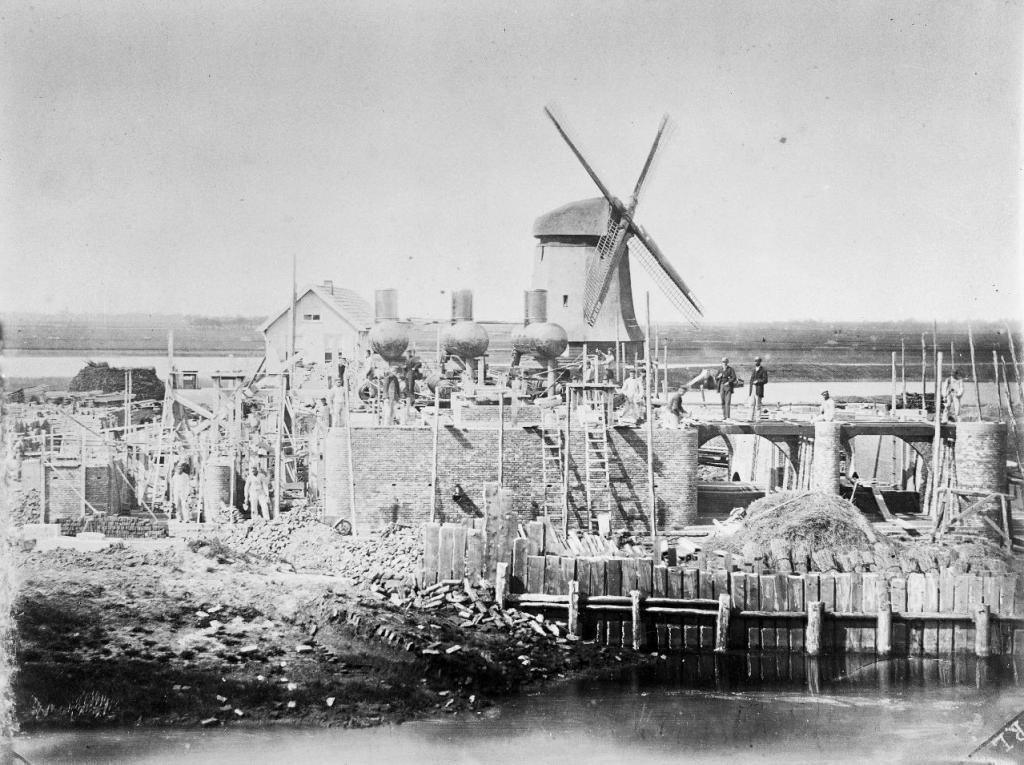
The 'old' steam pumping station
De Vries's pumping station is clearly recognizable as the right part of the present building. In the middle part of it was the steam engine; in the side wings were the scoop wheels and jacks that beat out the water. Above the windows of the middle section one can recognize the so-called "eyebrows," a characteristic of pumping stations designed by De Vries. Through the years quite a few renovations were made, but the forge behind the pumping station is still largely as it was in 1869. Since 1897 the water has been pumped out by centrifugal pumps, a technique that is still used today.
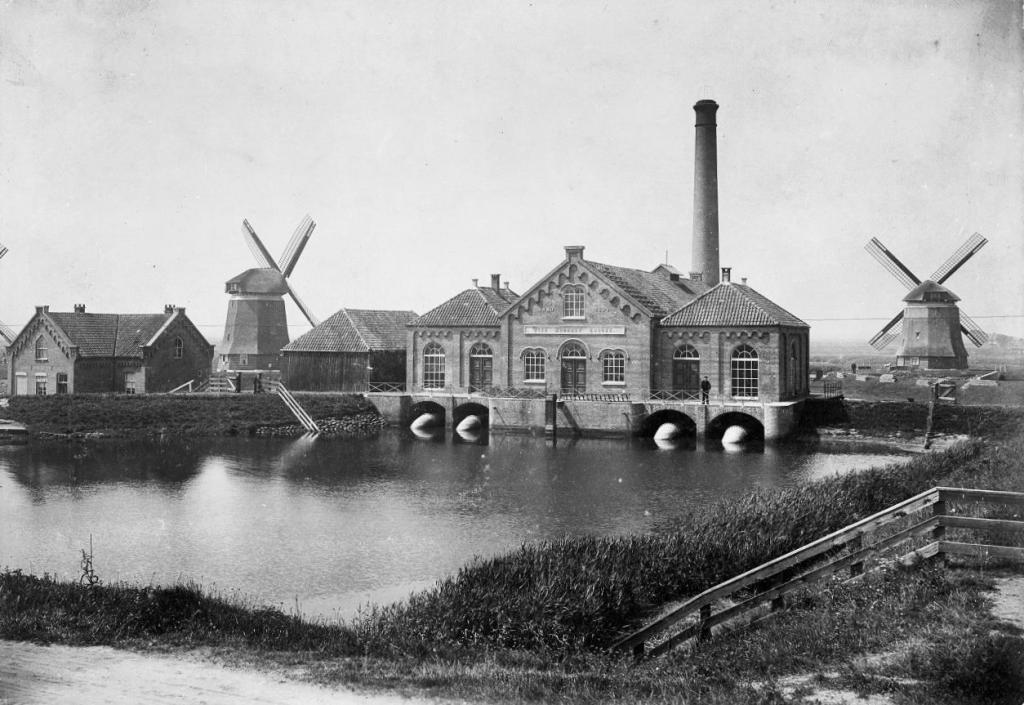
The 'new' pumping station
Meanwhile, flooding continued to occur because even the steam pumping station often could not cope, so in 1907 it was expanded by Adriaan Kater (1853-1943). He was employed by the water board and also designed the sluice built in 1893 for the pumping station. His pumping station is notable for its large windows. He had his own style but did clearly connect to the design of Boote de Vries. The new pumping station did not run on steam, but with a suction gas engine, which was so powerful that the windmills could be discarded. The steam engines in the old pumping station continued to serve.
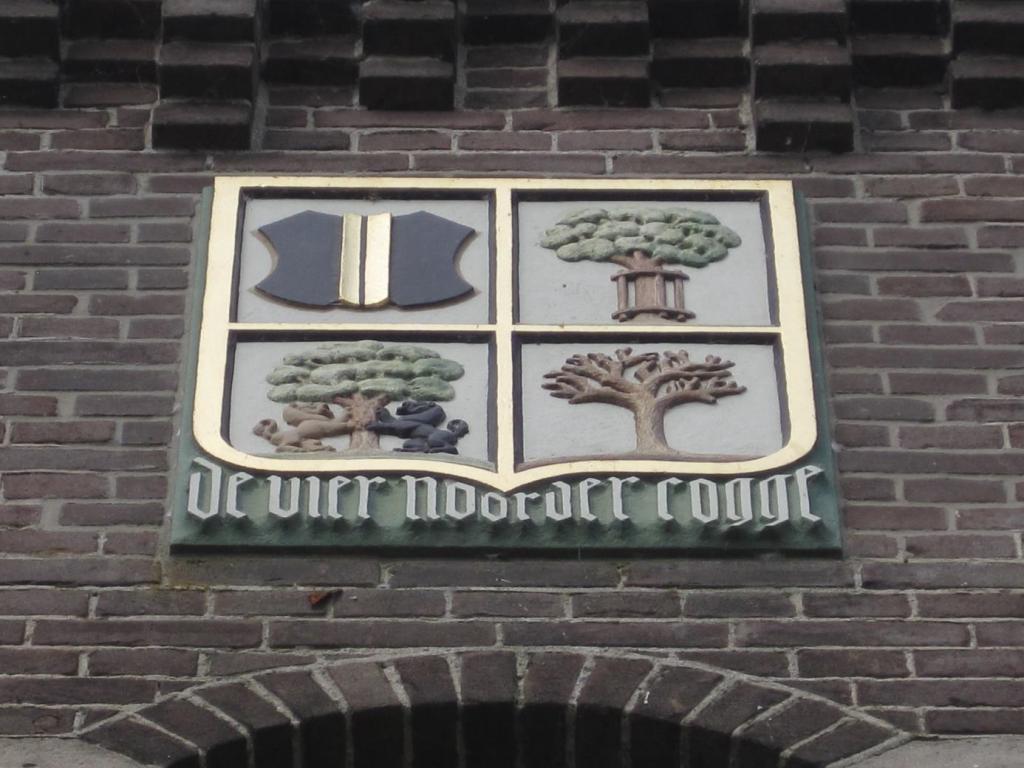
Steam remains
The suction gas engine had worn out by the early 1920s, and was replaced by a new steam engine in 1924. Electric motors were added in 1939, replacing the steam engines in the old pumping station. The new pumping station remained "under steam" until 1971. Then the Steam Department rejected the boilers and a diesel engine was installed. In 1977, the pumping station closed after a modern electric pumping station was completed in Onderdijk, a few kilometers away. The steam pumping station proved an excellent site for a national steam engine museum. The steam pumping station still works, and during high water levels it can step in if necessary - although the last time this happened was in 1998.
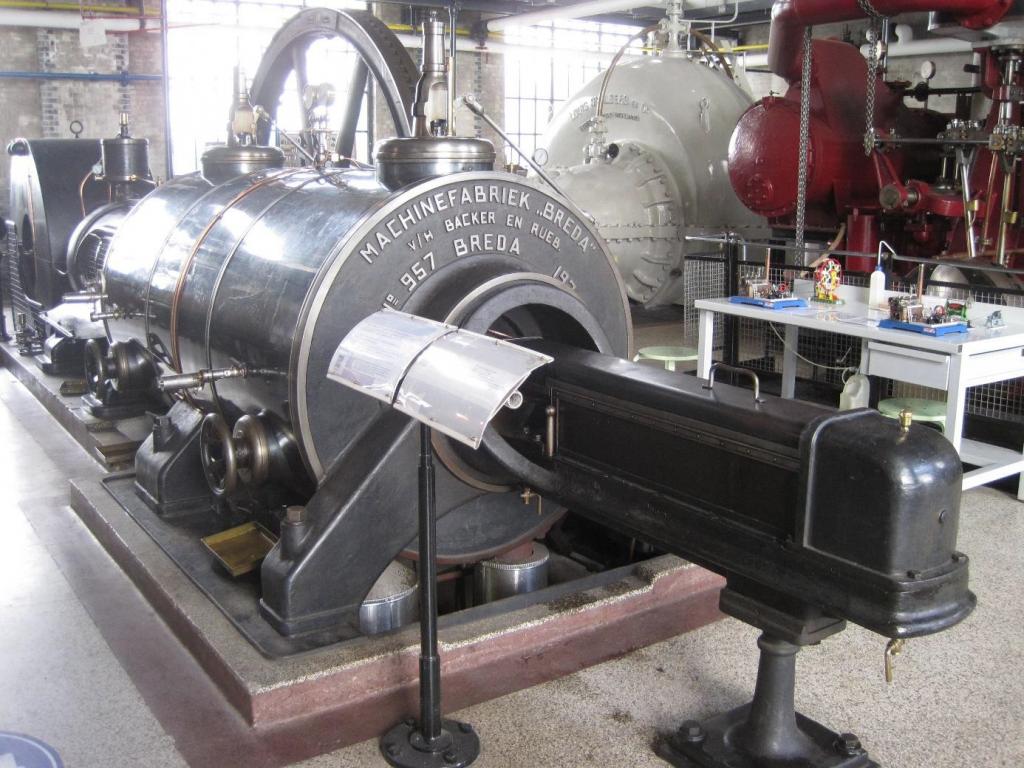
Additional
- Website Steam Engine Museum
- Those walking stage 6 of the Westfriese Omringdijk (from Medemblik to Enkhuizen) will pass the steam pumping station and can combine the walk with a visit to the museum.
- During the months of August, September and October, it is also possible to visit the steam museum as part of the free shuttle service past all the sights of Medemblik and the surrounding area.